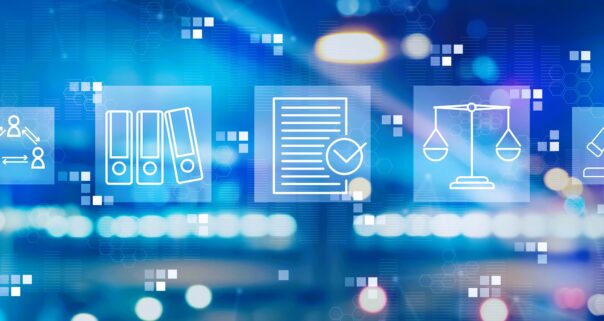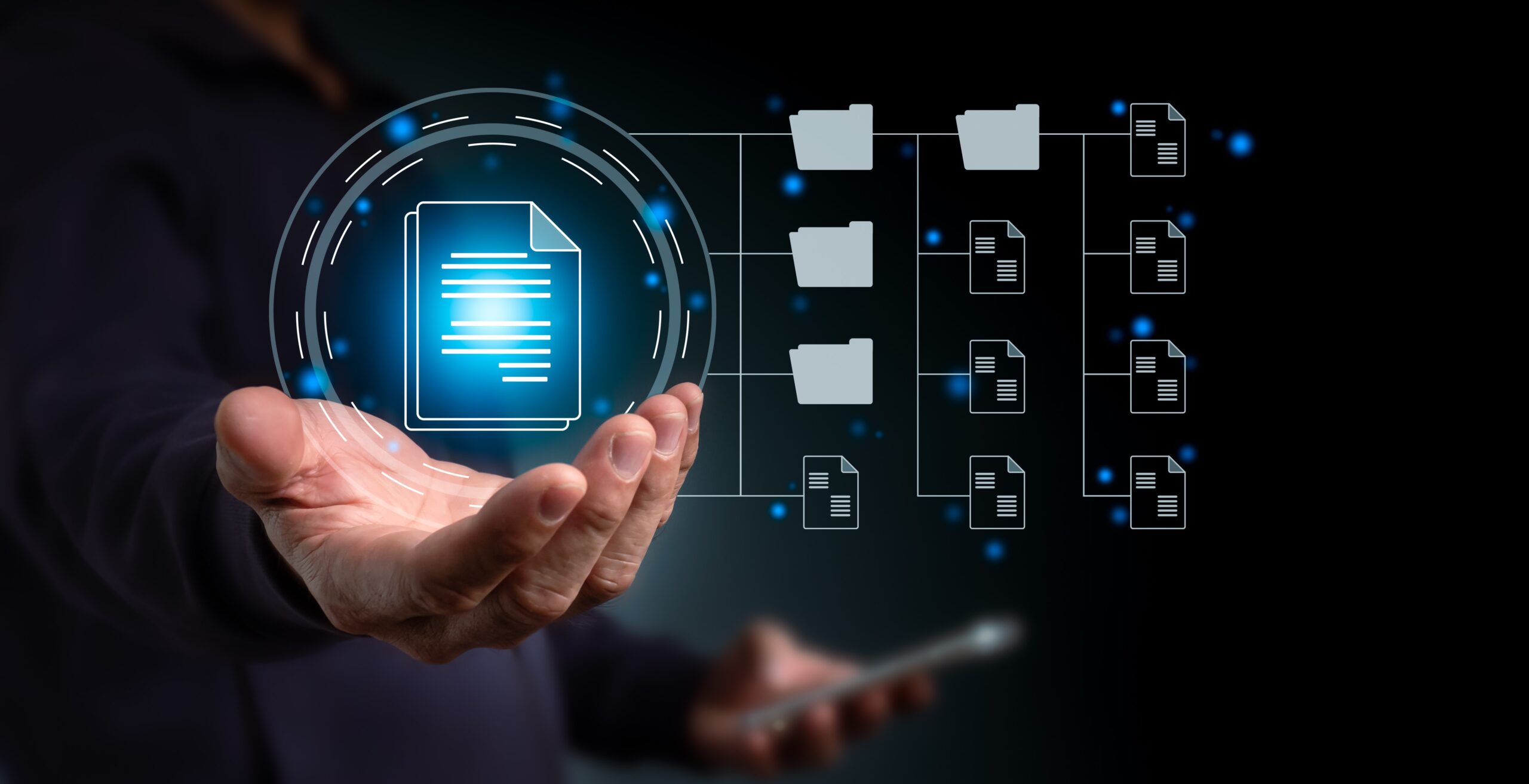AI: Addressing the challenge of Access to Justice.
Savannah Seymour looks at the potential of AI beyond the law firm lens.
Date : 13/10/23


Savannah Seymour looks at the potential of AI litigation beyond the law firm lens to explore how it can help close the gap between access and justice.
Inaccessibility of legal services is a deepening societal challenge due to escalating costs and growingly complex legal issues.
This means that access to justice for the majority is, if not becoming, unattainable. This issue becomes far more prevalent for the most vulnerable individuals in society. In this sense, those who deserve and require the highest protections for accessibility to justice are at the greatest risk of being excluded.
Can AI address the challenge of access to justice?
What can technology, and specifically AI, do about this? The topic of AI in litigation is continuing to gain traction, and there is no denying that it will have an increasingly important role in the coming years.
Traditionally the legal industry is understood as a high-cost service industry. This is due to legal knowledge, contextual analysis and the application of principles, which are the key elements for delivering bespoke solutions to complicated, nuanced issues.
In this sense, you would expect (and hope) that innovative technology would drive down the costs of such services, especially with the use of AI in litigation being proven to increase efficiency and save legal professionals a significant amount of time and money.
However, in some cases, we have seen the opposite effect: the introduction of new technologies has been seen to drive up legal costs due to the specialised labour required to leverage these cutting-edge solutions effectively.
New Judicial Guidance on the use of AI in litigation has been released to help mitigate such risks and issues. The full guidance can be accessed here. However, to understand whether AI will help or hinder access to justice, it’s important to explore whether we can reasonably expect these costs to come down.
AI is quickly becoming widely used across various industries and societal functions. Developments in machine learning and natural language processing are already showing promise in solving complex issues using context-based reasoning.
To this effect, these solutions are entering the sphere of completing complex tasks previously only capable of being tackled and solved by humans. That is not to say this technology is replacing human work product, but perhaps rivalling certain human skill sets to better the overall service offering, as well as deliver solutions faster.
Will AI replace the intellectual activities performed by lawyers?
The idea of AI replacing the intellectual activities performed by a qualified lawyer are, at best, controversial (and already a heated topic of debate).
There are still many instances where AI may struggle to reach sensible outcomes, particularly in areas of the law which lack clear statute and straightforward legal principle application – you only have to consider the concepts of unconscionability or foreseeability to illustrate the spectrum of grey in this area. In fact, the Bar Council has recently issued new guidance surrounding the use of GenAI for barristers.
However, there are capabilities of AI which we know are already chipping away at the legal process and are becoming quickly adopted and accepted by both lawyers and the courts.
For example, here at TrialView, our AI-powered platform for litigators offers intelligent learning to build timelines and spot patterns in large datasets, as well as leveraging GPT technology to ask questions or prompts about your datasets to quickly find relevant insights.
The hope with these technologies is that they become increasingly self-serving and user-friendly. Whilst these tools still require a platform-certified legal technologist to use and benefit from these solutions, the costs will remain out of reach for the ordinary person. How intuitive a platform is (and who it is built to serve) can help with reducing labour costs associated with these solutions, at least.
However, there are more accessibility factors: (i) the cost of the product itself and (ii) how well marketed it is; even if an AI product is intuitive to use and affordable, how does a layperson come to know this is an option for their legal matter?
Key considerations in the challenge of access to justice
It’s clear that access to justice is still a crucial aim and we still have far to go to achieving true accessibility. The means to do so are multifaceted, and there are multiple factors which contribute to the inaccessibility of justice currently as explored.
Technology providers should consider not only the ease of use of their solutions (in an attempt to solve the information asymmetry between technologists, lawyers and clients), but also explore how they can competitively price and market their products in a way which expands the accessibility of their offerings to the wider market.
Conclusions on the use of AI in litigation
Although there is still a long way to go to achieving accessibility to justice, embracing AI tools will have a significant impact in reaching the goal of true justice, as long as these tools are accessible to all.
If you’d like to learn more about the use of AI in litigation and how tools such as TrialView can increase speed and efficiency by enhancing collaboration, compliance, and the overall strategic approach to legal proceedings, you can book a tailored demo to find out more about the benefits.
Alternatively, contact our team to learn more.
Related Blogs


BBPC – The use of AI in commercial dispute resolution
TrialView were delighted to sponsor the BBPC Forum. The Master of the Rolls, Sir Geoffrey Vos, and an expert panel discussed how AI is being used in dispute resolution today and how this may look in the future.
- Written By : Eimear Mccann
- Date : 02/08/24


Timeline Creation: TrialView Perspective
With our AI functionality, we balance innovation with practical tools to help make your case preparation easier. One of our newest evolutions is Timeline Creation functionality.
- Written By : Eimear Mccann
- Date : 19/07/24
Take The Next Step.
If you’re wondering about how we can help you focus more on outcomes, and worry less about hearing prep, book a tailored demo or give us a call.


Get In Contact
Want to find out more? Get in touch to find out why TrialView is the platform of choice for dispute resolution.

